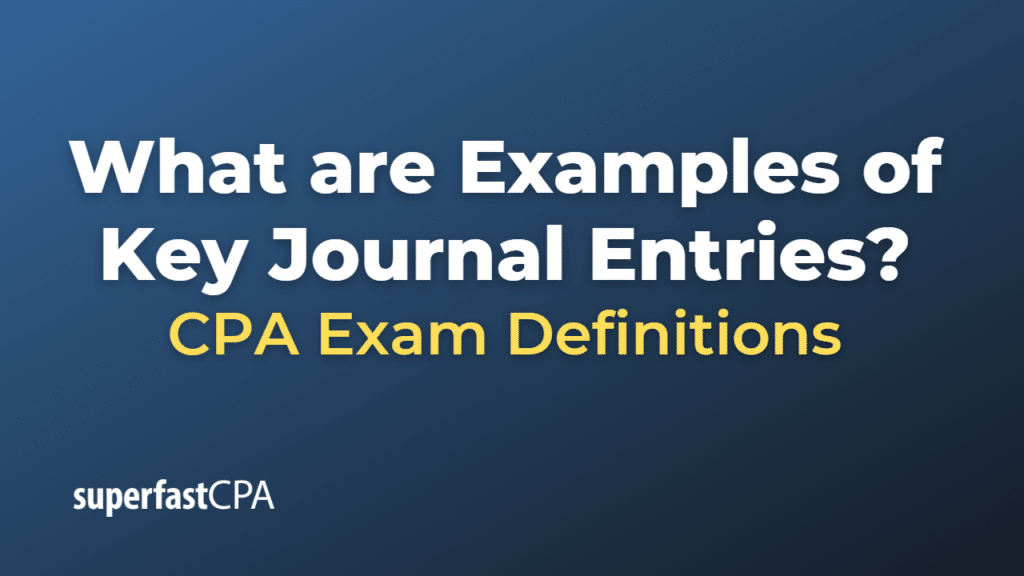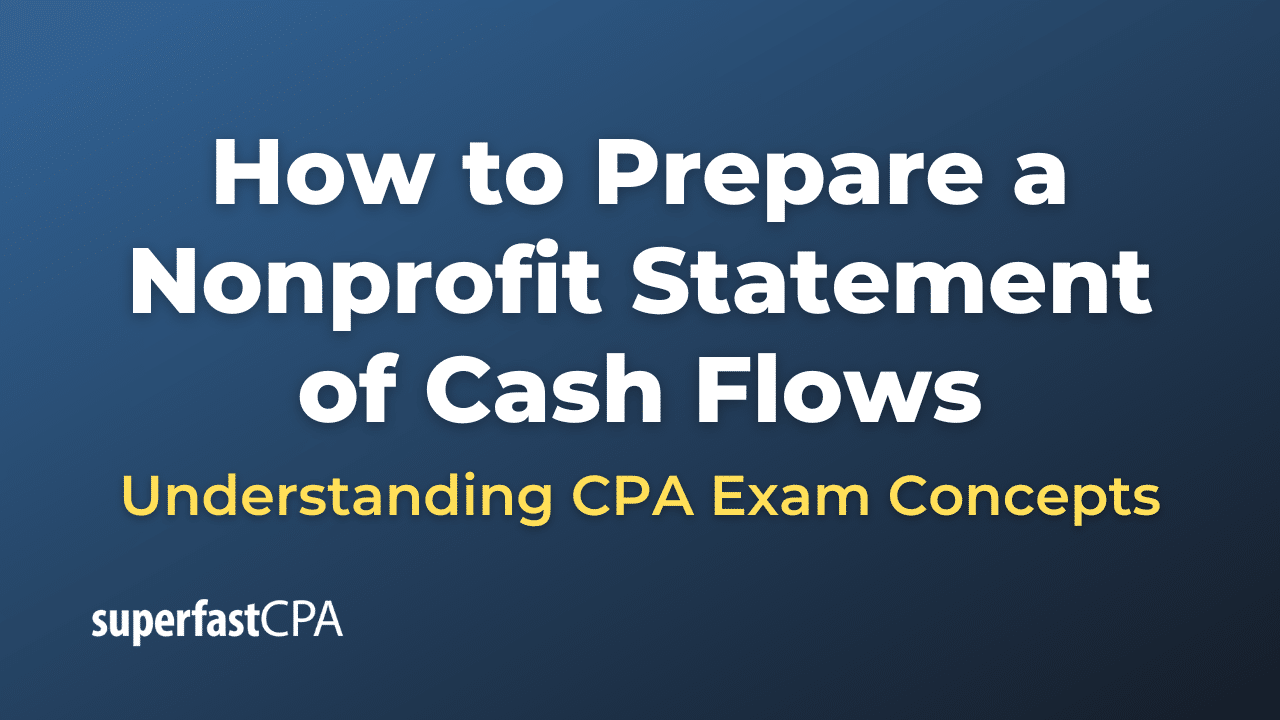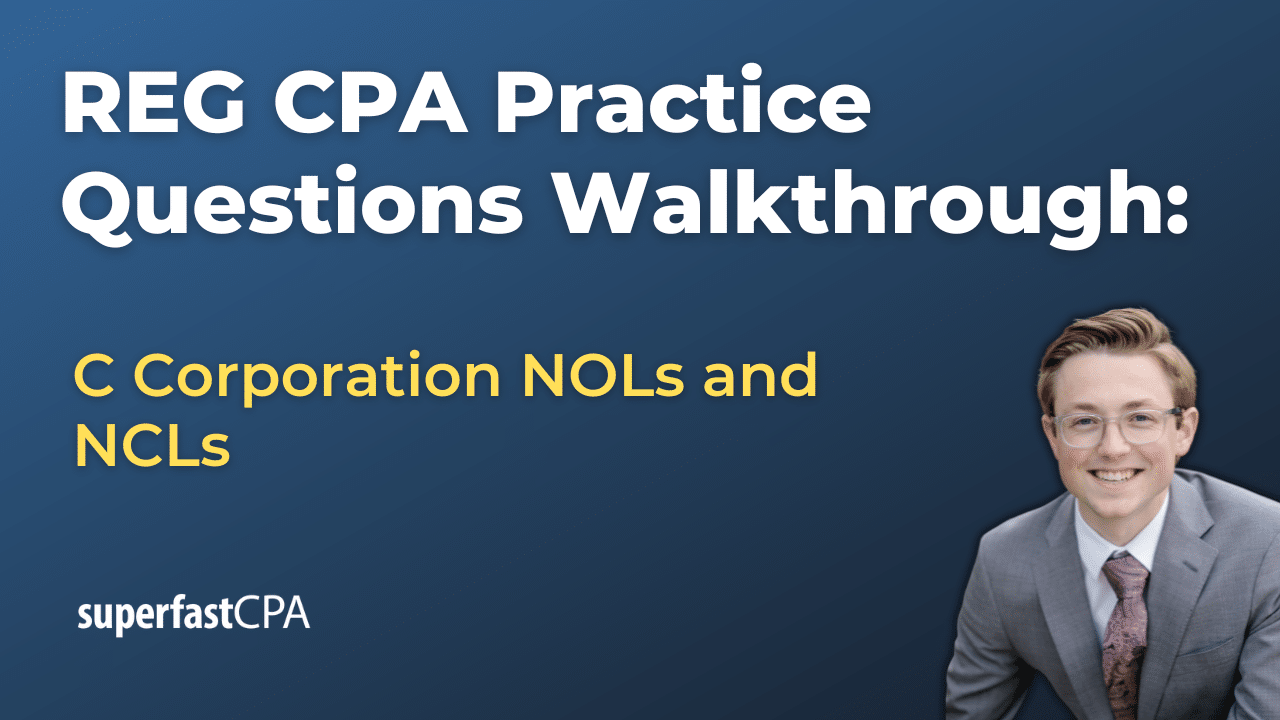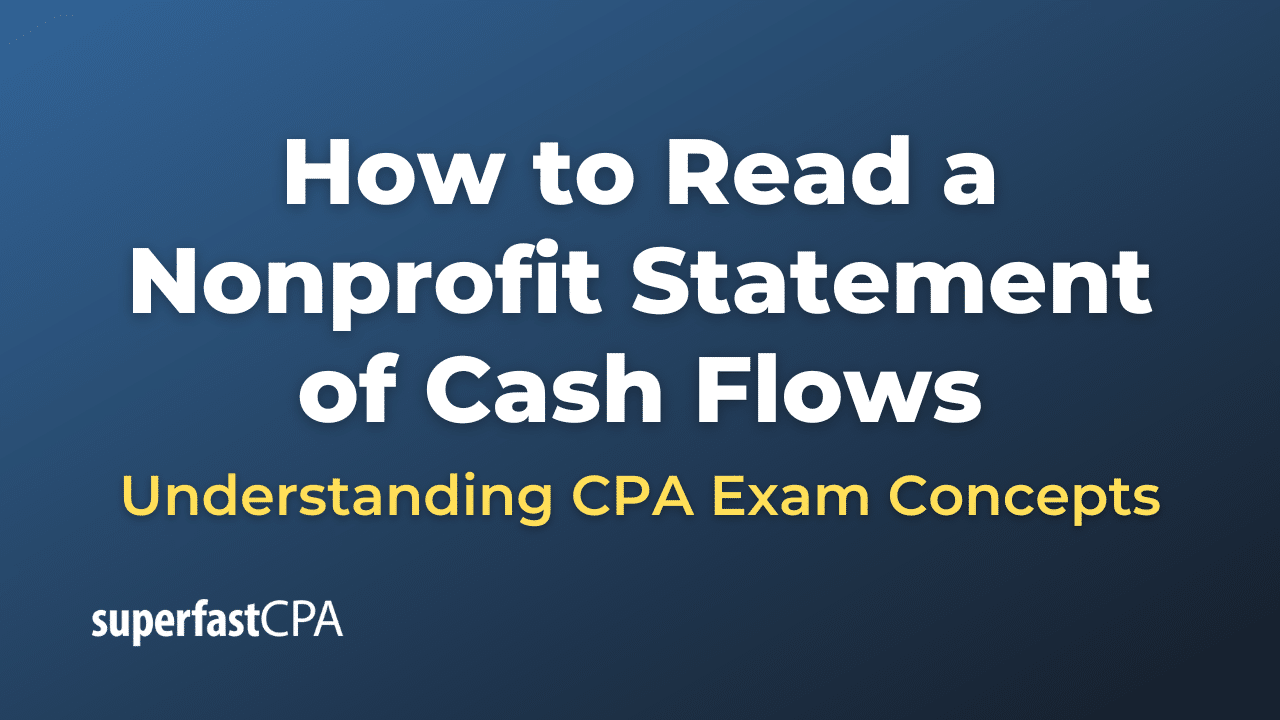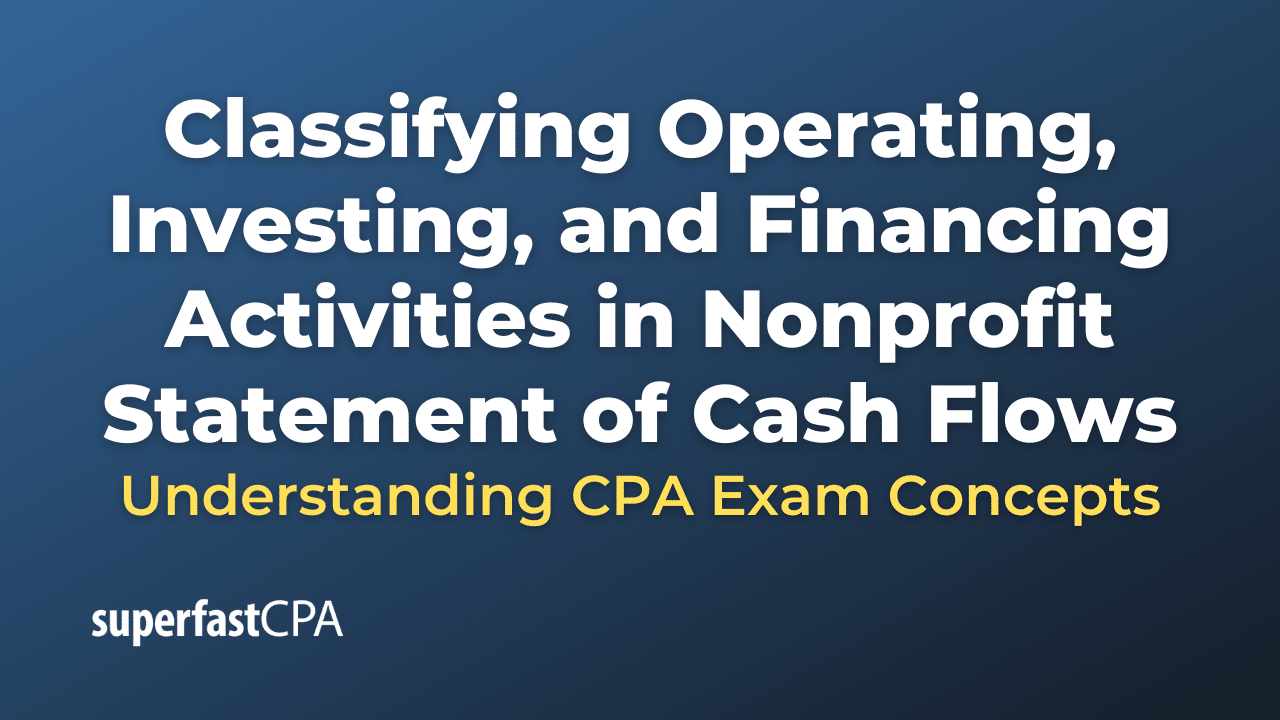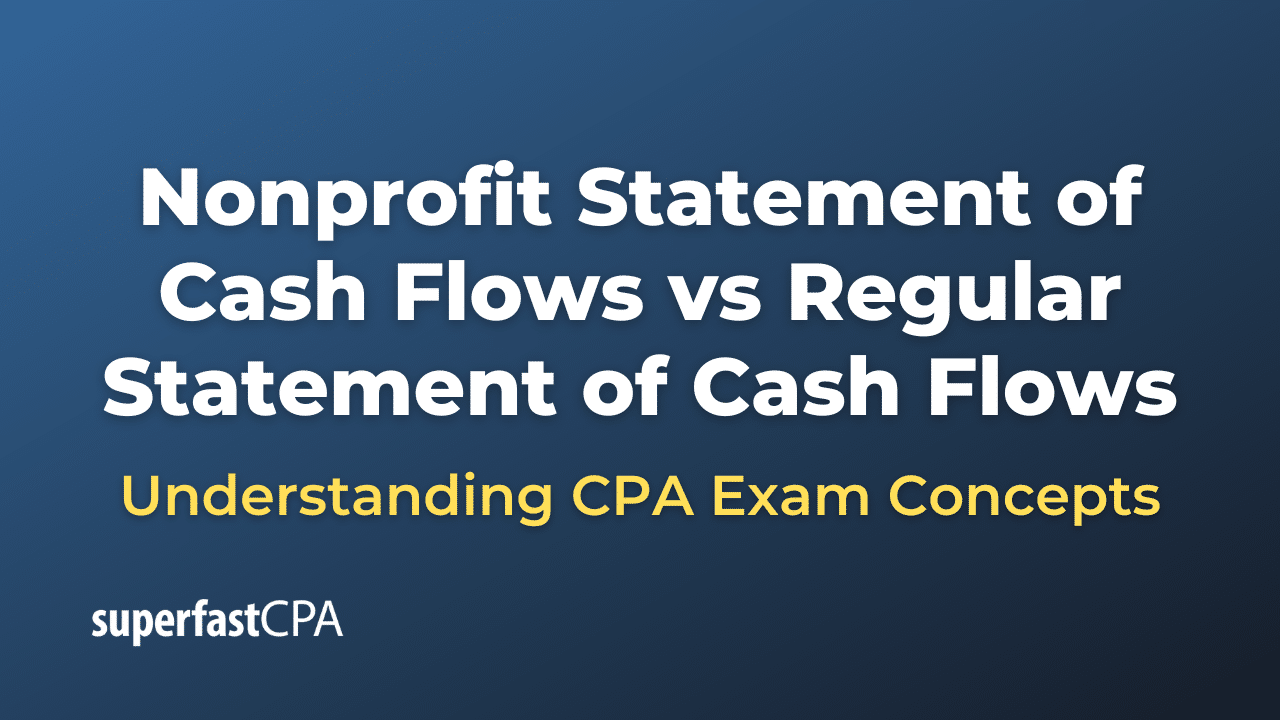Examples of Key Journal Entries
Journal entries are the first step in the accounting cycle and are used to record all business transactions and events in the accounting system. As business transactions occur throughout the accounting period, journal entries are recorded in the general journal to show how the transaction changed in the accounting equation.
Here are some examples of common types of journal entries:
- Sales Revenue: When a company makes a sale, it records a debit to Accounts Receivable (if the sale is on credit) or Cash (if the sale is for cash), and a credit to Sales Revenue.Example: A company sells $500 worth of goods:Debit: Accounts Receivable $500Credit: Sales Revenue $500
- Purchase of Inventory: When a company purchases inventory, it records a debit to Inventory and a credit to Accounts Payable or Cash, depending on whether it is a credit or cash purchase.Example: A company purchases $200 of inventory on credit:Debit: Inventory $200Credit: Accounts Payable $200
- Payment of expenses: When a company pays an expense, it records a debit to the expense account and a credit to Cash.Example: A company pays $100 in rent:Debit: Rent Expense $100Credit: Cash $100
- depreciation: When a company records depreciation, it debits Depreciation Expense and credits Accumulated Depreciation.Example: A company records $300 in depreciation for the year:Debit: Depreciation Expense $300Credit: Accumulated Depreciation $300
- Accrued Expenses: When a company recognizes an expense that has been incurred but not yet paid, it records a debit to the appropriate Expense account and a credit to Accrued Expenses Payable.Example: A company has $400 of unpaid wages at the end of the period:Debit: Wage Expense $400Credit: Wages Payable $400
Remember, every transaction should have a journal entry that is balanced, meaning the total debits must equal the total credits. This ensures the fundamental accounting equation remains balanced: Assets = Liabilities + Equity.

